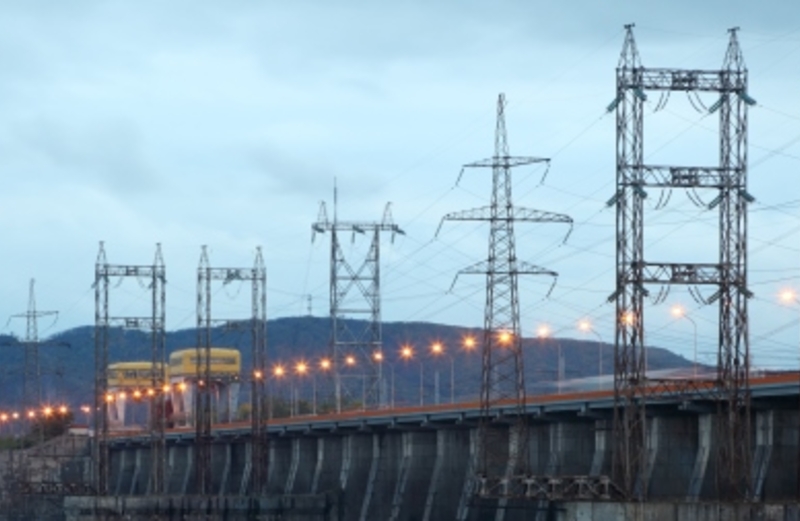NEPAD at work: fast-tracking implementation of priority energy project in Ghana

Accra - Following a meeting between the NEPAD Agency CEO Dr. Ibrahim Assane Mayaki and President Mahama of Ghana on the margins of the AU Summit in January this year, the Regional Integration, Infrastructure and Trade Division is undertaking a technical mission to Ghana with the main objective of fast tracking implementation of the Ghana 1000 gas-to-power project. Under the umbrella of the Africa Power Vision (APV) which prioritises energy projects for accelerated implementation, the Ghana 1000 project aims to add 1000MW of generation capacity to Ghana’s energy mix.
The mission kicked off on 4 May with a courtesy call to Hon. Mrs. Hanna S. Tetteh (MP), the Minister for Foreign Affairs and Regional Integration. In her briefing to the NEPAD delegation, the Minister indicated that the project was important not only for Ghana but for the region as well since excess energy generated would be made available to surrounding countries through the WestAfrican Power Pool (WAPP).
Speaking on behalf of the NEPAD Agency, Dr. Towela Nyirenda-Jere thanked the Minister for the warm reception and the facilitation provided by the High Commission in South Africa. She went on to describe how the establishment of the Regional Integration, Infrastructure and Trade Division was intended to cement the role of the NEPAD Agency in delivering concretely and coherently across the inter-related facets of infrastructure and trade. “Dr. Mayaki is committed to providing support to the Government of Ghana as discussed during the bilateral meeting with President Mahama and we expect that through engagement with the various stakeholders over the next few days, we will be in a position to articulate a way forward for the Ghana 1000 project”, she said.
The mission is being undertaken in collaboration with USAID’s Power Africa initiative and will include meetings with key government ministries and other stakeholders involved in the Ghana 1000 project.
Source: NEPAD
